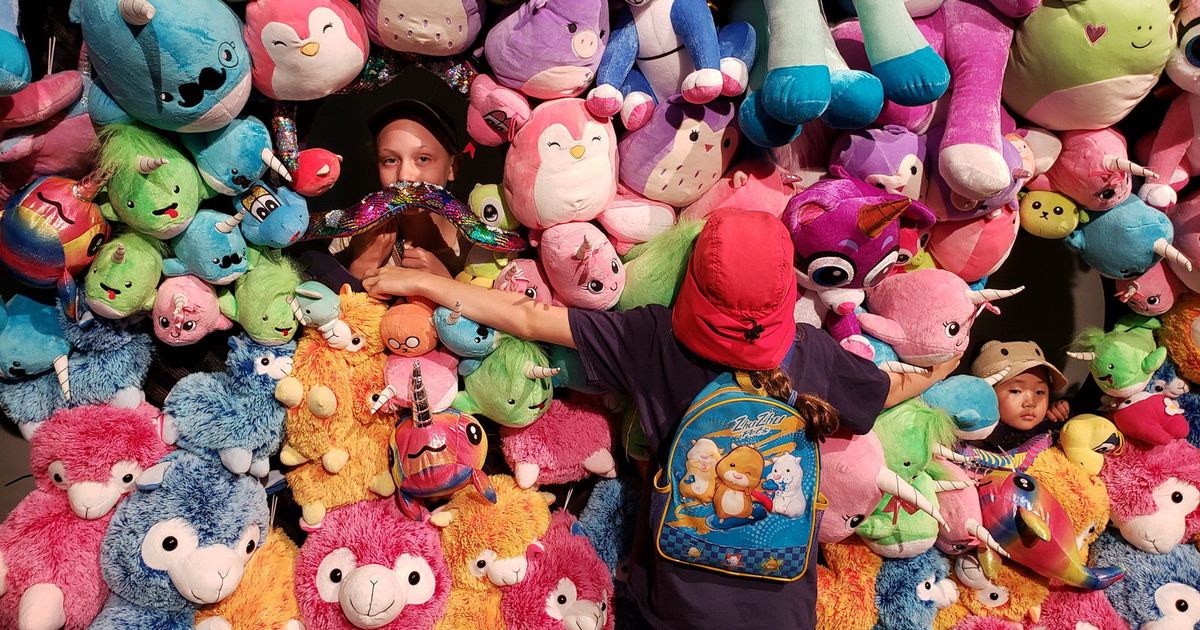Family Culture
The most important thing in my life is my family. They are the #1 reason I setup a time-independent and location-independent work life.
My parents demonstrated the family-first value when I was growing up (and continue to do so), but it also makes a lot of sense–long-term studies on happiness show that quality human connection is one of the few most significant contributors to our happiness (…duh).
Time flies, and it’s easy to cruise on autopilot, acting and reacting in the patterns we’ve learned. I didn’t want to look back on 20 years of parenting after my kids were grown and think I missed something important due to lack of intentional consideration and effort.
So I decided to create a deliberate family culture by asking myself two questions:
- What sort of parent do I want to be?
- What sort of family do I want to create?

Examination of the first question began with the 3 steps I took to design my life, and continued with the creation of a set of parenting philosophies and strategies, programmatic responses to the worst situations, and on-going self-reflection after each parenting screw-up. I’ll discuss these in another post.
This post focuses on the second question.
The Power of Tradition
As any child psychologist will confirm, children love and thrive with consistency and repetition. And repetition also facilitates the creation of memories.
I wanted my children to be able to look back on their childhood and have a clear picture of how our family worked, to have a set of positive memories related to what makes us US.
Besides creating happy moments day by day, my hope is that these memories will serve as a “glue” which continues to bond us together through all the stages of life to come.
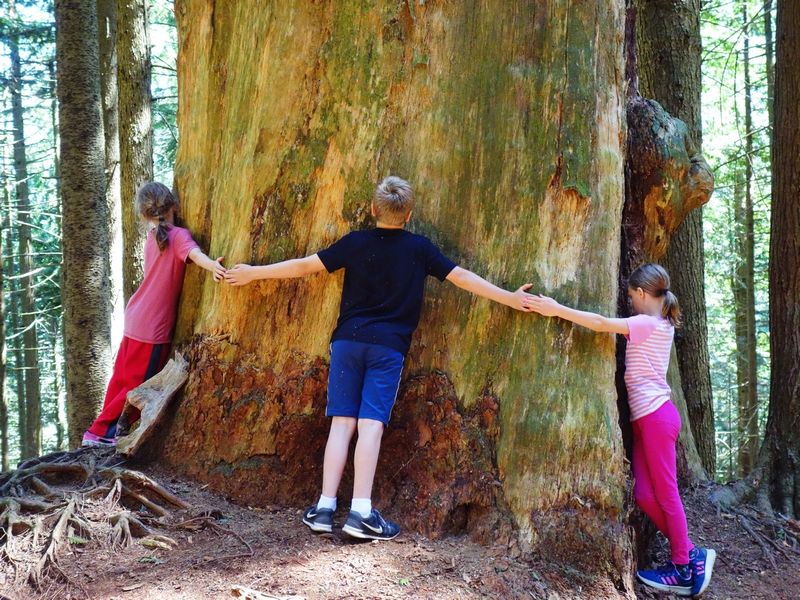
So I set about documenting the traditions we already had, identifying which we could reinforce, and brainstorming which to add. Here I share 12 of my favourite traditions (and in some cases sets of traditions).
1) Write and Post a Family Vision
Similar to a personal or corporate vision, a family vision is a concise picture of the ideal present and future. It represents our core values and goals and serves as a guide to the thoughts and actions we use to create our reality moment by moment.
After brainstorming my own vision for my family, I chatted with my children about what their vision looked like, and we compared and combined them. Here’s one sample family vision:
Hennessey Family Vision & ValuesWe will always love each other, talk to each other, and spend time together by living these values:
- We are calm and kind to each other
- We encourage each other through positive words
- We are honest, especially when it concerns someone else
- We connect most of the day and play together at home and in nature
- We are grateful for all we have, recognize that it’s enough, and we share
- We minimize waste of food, money, and resources
- We respect our body by feeding our body & mind well, exercising, and taking breaks, and we respect other people’s bodies by being gentle when interacting
2) Morning and Mealtime Gratitude
In studies of human peace and happiness, an attitude of gratefulness is a common theme. How do we become more grateful? Deliberate practice helps!
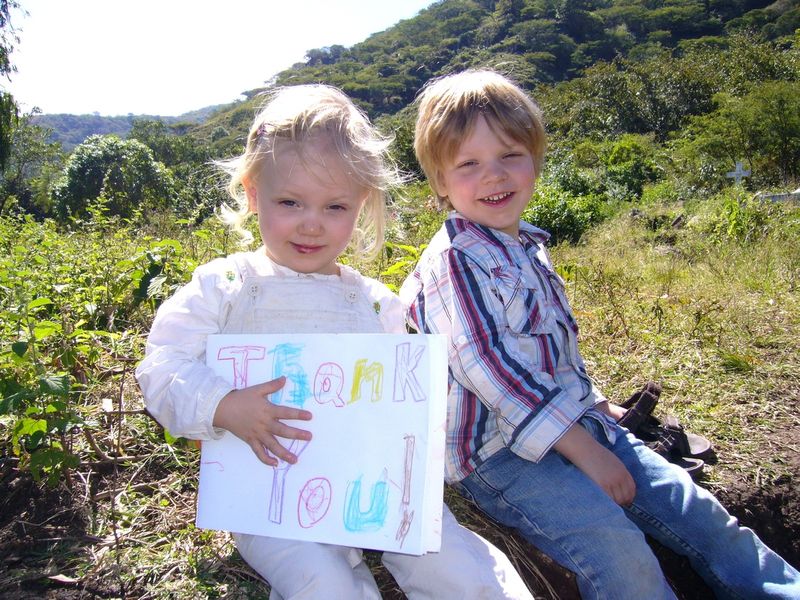
Morning Gratitude
In the morning, I’ll often take a moment to express gratitude for the big things in life out loud, and anyone can chime in. Common sentiments are
- Gratefulness that we’re alive to be able to experience this day
- Gratefulness for the safe country we live in
- Gratefulness for the beautiful, peaceful community we live in
- Gratefulness for the bright and comfortable home we live in
- Gratefulness for our family and that we get to spend time together
- Gratefulness for how we get to use our time
We also mention big intentions we may have for the day. These are often connected to our family vision and may be hard to do, like for example being kind to others even when we don’t feel like it.
Mealtime Gratitude
When we remember, we’ll take a couple of minutes while eating together to express gratitude for whatever comes to mind, big or small. We do this while eating so there’s no aspect of burden to it. Common sentiments are
- Gratefulness for our safety
- Gratefulness for the food and the animals that died for us to eat to live
- Gratefulness for sports and games
- Gratefulness for the activities we did together
- Gratefulness for extended family and pets
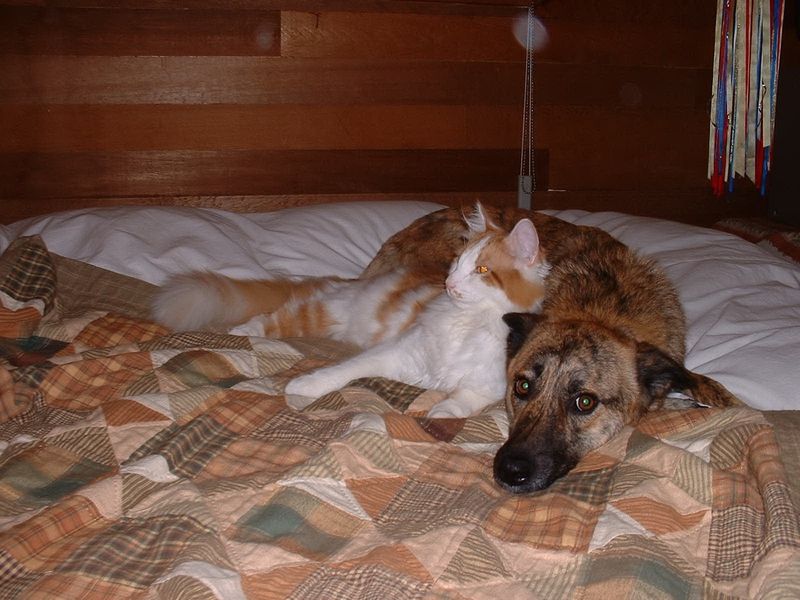
3) Nighttime Reading & Snuggles
My oldest is almost 14 and my children still enjoy being read to every night we can fit it, followed by a snuggle in their bed.
Picture books gave way to adventure, fantasy, and science fiction novels a few years ago. An on-time bedtime is more important than reading every single night, so reading sometimes gets bumped, but snuggles never do.
Depending on my mood and what else is going on, snuggles may be abbreviated to look more like a long lying down hug, but never less than that–I make sure my kids can always count on the nighttime snuggle routine.
Lately, when we don’t have a good book on the go, we’ll usually do something else communally before bed, like playing a board game or a round of a multi-player video game, or we’ll go on a walk.
Snuggle time is a peaceful time to connect one-on-one and debrief the day; sometimes we’ll chat, sometimes we’ll just exist. On rare occasion, they’ll bring up personal sensitive topics that don’t get discussed at any other time.
Sometimes instead of one-on-one snuggles, we’ll all pile on one bed, and they’ll often massage my feet & back. This often gets them a later bedtime because I find it nearly impossible to end a good massage! Win win.
I see massages as one tangible way kids can show kindness and love back to their parents, and prevents touch from becoming a foreign concept.
4) One-on-One Time (aka “Daddy Dates”)
With more than one child, there’s a different family dynamic every time the configuration of who’s in the room changes.
By creating opportunities for one-on-one time with each child, I find we’re able to connect more personally, and more maturely, than we can with others around.
To this end, I carve space for one-on-one time on daily, weekly, monthly, and yearly intervals.
Daily
Where possible I’ll take a few minutes every day, in addition to snuggle time, to go to where my child is and just hang with them. This usually looks like
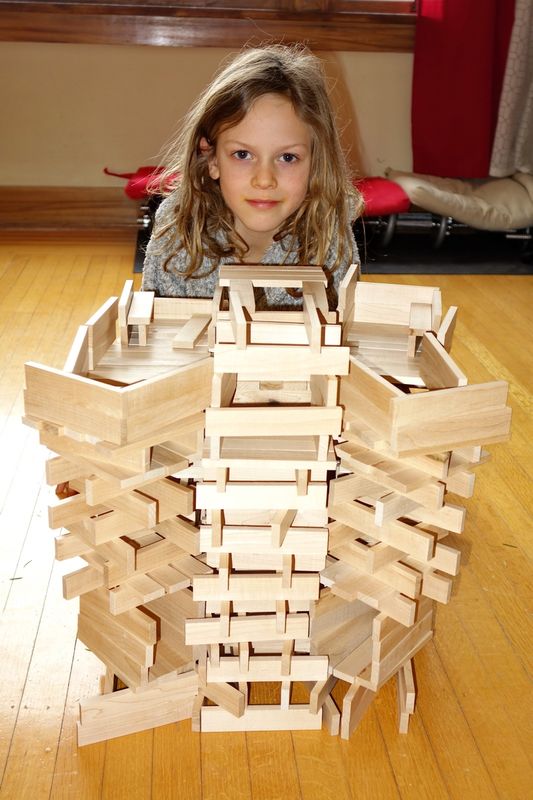
- Lying on the ground as they tinker away building lego or blocks and getting a tour of what they’ve been designing.
- Sitting beside them on the couch as they read and putting my arm around them, reading over their shoulder and maybe laughing at something in their book or asking them a question about something curious in their book (while not being overly annoying).
- Sitting beside them as they have their daily 15 minutes of screentime, watching, and asking how their game works.
I started doing this more deliberately after a well-known child psychologist told me the best way to help a child feel secure and bonded, especially when young, is to regularly spend some time engaging with them in activities that they enjoy, finding wonder in their face, and mirroring and labelling their emotions.
Weekly
I try to have a longer one-on-one time with each child periodically, such as
- Taking a neighbourhood dog for a walk.
- Playing basketball.
- Going for an evening run. It’s amazing how much kids enjoy this once they get going—the crisp air is really invigorating. Lately it’s become a thing that the siblings follow in stealth mode, getting exercise and practicing their sneaking skills at the same time.
Monthly
Common extra birthday and Christmas presents are Daddy Date coupons for dinners and activities. This helps ensure we plan it and make it happen, roughly every few months per child. So we’ll do things like
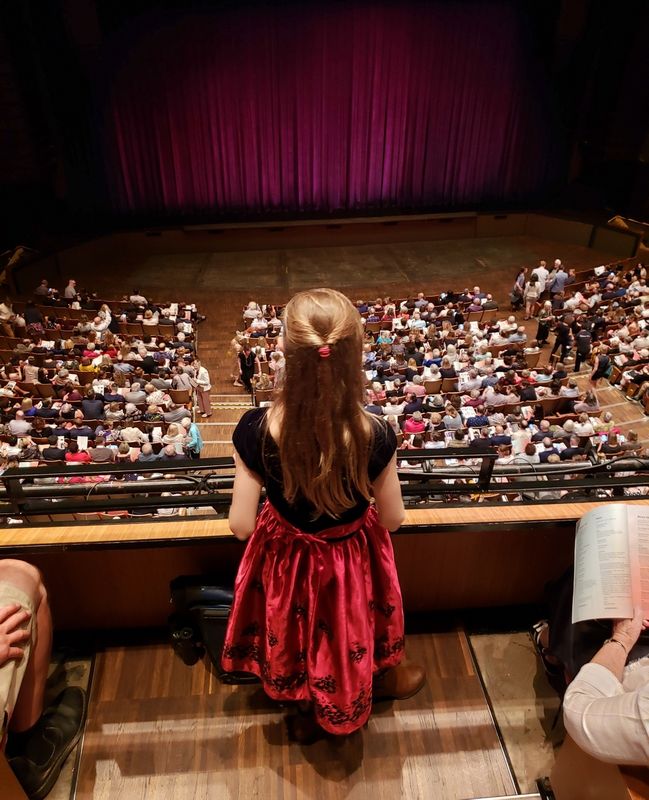
- Go to the ballet, symphony, or a musical
- Go out for dinner
- Go to a movie
- Have tea and a treat somewhere
- Go ice skating or skiing
- Go indoor rock climbing
- Go hiking
5) One-on-One Trips (aka “Epic Daddy Dates”)
Each of my kids gets a turn going on a special trip with me, in rotating sequence. These trips are wild–we get so much time together, and experience so much that becomes part of our personal life story that’s only shared by the two of us.
I see so much growth in them from the start to the end of the trip, and growth in our relationship.
Some example trips:
3 weeks on the Big Island of Hawaii
My youngest & I drove around the whole island, climbed volcanoes, stargazed from one of the best astronomy points on Earth, hiked lava fields to see lava exploding into the ocean on Halloween, hiked another lava field to a remote snorkel spot where a pod of dolphins surrounded us in the bay, learned body boarding and snorkel diving, discovered acai bowls, and on and on.
2 weeks in Seattle and the San Juan Islands
My middle child & I went to the aquarium, space needle, zoo, science center, took multiple ferries, and hiked all across the islands learning about the history and geography.
2 weeks in the Yukon
My oldest & I revisited the land of his birth and childhood and had an extreme backpacking trip in the Tombstones as a coming-of-age ritual (see the next tradition).
6) Coming of Age Trip
In so many cultures there is a tradition of clearly demarcating the boundary between childhood and adulthood, which is entirely missing in my culture. I believe this is a great loss. There’s a theory that a lot of high school and college wildness arises out of an attempt to fill this void—if the wise elders don’t lead the ritual, youth create their own.
Unlike traditional cultures, it’s just not realistic for children of 13 to become fully contributing and participating adults of the community, but they do enter the transition stage between childhood and adulthood which should be acknowledged and they should be treated differently, so I’ve adopted the term “young adult” for this stage.
To commemorate and celebrate the leaving of childhood and the entering of young adulthood I will take each of my children on a coming-of-age trip.
Informed by traditional coming-of-age rituals, these trips involve three components:
Separation
We separate ourselves from the rest of society and enter the wilderness for an extended time, including a portion of time for them to be alone (but safe).
Trial
The trips involve great physical trial and self-sufficiency. The child writes and speaks a commitment as to the type of person they want to be including how they plan to give back to their community.
Reintegration
Upon their return, the whole community will be made aware of what they went through and how they are no longer the child they once were and should no longer be treated as such. Being a young adult includes additional privileges and responsibilities.
All of the significant adults in the child’s life also write a letter of wisdom that will stay with them forever.
On my oldest child’s trip, we returned to the Yukon where he spent the first 6 years of his life.
We visited the house we still own there to rekindle memories and spent time with his Aunt, seeing her gun and knife collection and hearing extreme life-and-death hunting stories while the Northern Lights shone.
Then we drove 6 hours north to Dawson City to learn more about the Klondike history and spirit and then a further 2 hours north to the Tombstone Range.
We spent 3 days covering 50km and 6500ft elevation gain with large packs and on-and-off freezing rain. There were episodes of tears and despair, but also movement through the pain and exhaustion to a place of strength and resolve that allowed him to reach his goals.
He doesn’t regret the experience to any smallest degree, though he has said he never wants to repeat it! That sounds about right for a coming-of-age trial.
7) Summer Activities
Every city offers some unique and recurring activities. Searching these out and then making an effort to include them every year helps build positive anticipation, memories, and tradition.
The warmth of summer opens many opportunities. Our yearly pattern in Vancouver includes
- Vancouver Symphony Orchestra’s Symphony in the Park
- 3 Nights of Celebration of Light Fireworks
- A trip to Playland with Gramma & Grampy
- A day at the PNE
- Strawberry picking at Emma Lea Farms, and making jam to last the winter
- Berry picking in the forest
- A visit to the ice cream truck
- One night staying up to midnight
- Stargazing with blankets & tea (astronomy is our Family Life Learning Unit, ie: a topic we study together for life)
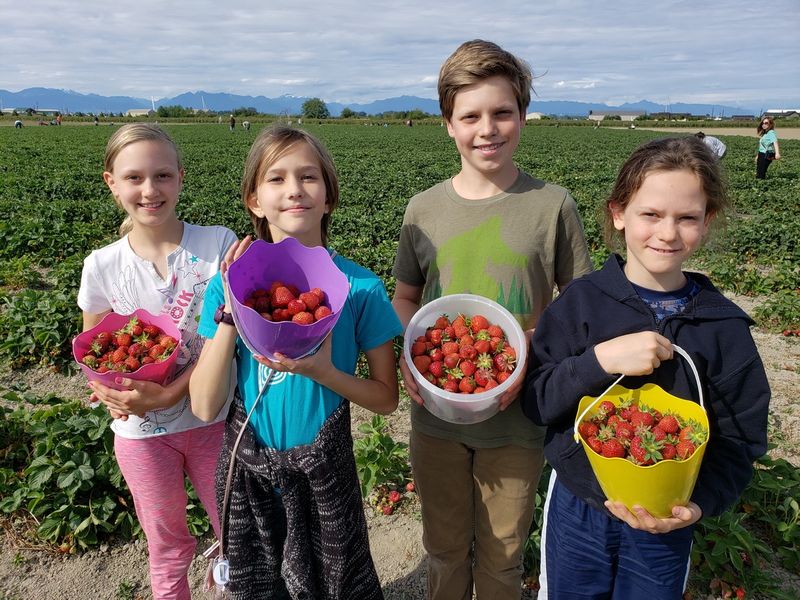
8) Outdoor Activities
The outdoors is of course my own personal passion. My goal is to expose my children to this wilderness world, while recognizing they may not share my passion in all its fullness (yet) and so to be careful to not push them too hard and avoid negative associations.
Most summers we’ll do
- 1-2 hiking trips
- 1-2 backpacking trips
- Rock climbing in Squamish
- Lots of biking through the forests of Pacific Spirit Park
- Sand and water play at the beach
- Camping near Vedder River with Gramma & Grampy and going to Cultus Lake waterslides
- Skiing several times in winter
9) Home Activities
We also incorporate a few memorable activities into our regular home routine:
- Weekly Mexican meal. It changes names depending on which day we have it: Fajita Friday, Mexican Monday, Taco Tuesday, but it’s the same meal. Complete with frozen margaritas 😉
- Weekly breakfast: Celebration Saturday Coconut Bowl (it’s like a tropical smoothie with nuts and seeds and granola)
- Monthly movie night: PJs, couch, special snack
- We play video games together
- We play board games and cards together
- We create music together (still working on doing this one without conflicts…)
- We look at past photos and tell stories
- We go for evening walks, especially on the full moon
- We go bowling at the start of school
- We’re just plain GOOFY
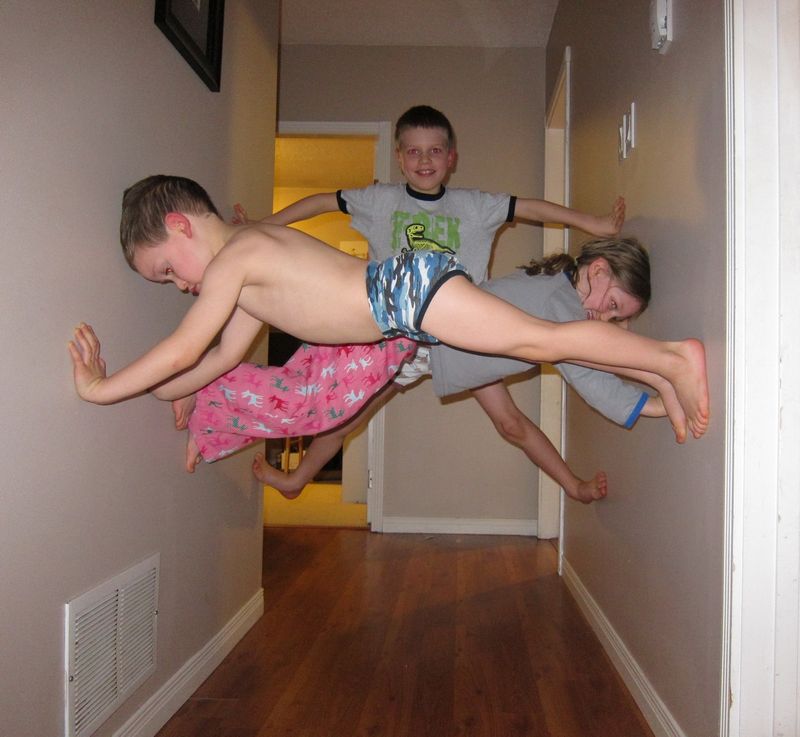
10) Community Activities
I find hosting a lot of work, but the kids LOVE having people over and I don’t want to just give in to the easy isolated nuclear structure our society offers. So at the very least I try to
- Host one big spring BBQ
- Host one winter dessert and music performance night
- Have friends over for dinner
- Encourage them to invite friends for sleepovers
We also volunteer together serving soup at Hastings & Main and are looking for other volunteer opportunities. We’ve talked about setting up a Hennessey Band to play at nursing homes.
11) Run Businesses Together
I believe that self-confidence and interpersonal skills such as leadership, public speaking, and salesmanship/marketing are far more important contributors to worldly success than book learning.
To this end, and because it’s a fun way to plump up their savings, we run little businesses together.
Easy kid businesses include
- Lemonade stand
- Raking leaves
- Caramel popcorn sales
- Card collection and sales
- eBay sales
- YouTube channel
12) Holiday Traditions
Many of our holiday traditions were handed down from my parents, but a few we’re adding ourselves:
Christmas Season
- Celebrate Saint Nicholas Day (December 6th) by doing a secret act of kindness
- Keep our tree the whole Christmas season and then some, then plant it in our yard
- Make a pinecone bird feeder
- Make shortbread cookies
- Go sledding
- Enjoy a light display somewhere
- Attend a church concert or choir
Christmas Eve
- PJs in living room in evening, family time
- Read & reflect on the Christmas story
Christmas Day
- Children focus on gifts to each other and giving money to charity
- Have waffles with strawberries
- Have dinner with grandparents
New Year’s Eve
- Stay up to midnight then go to the beach or park for fireworks
Valentine’s Day
- Give daughters a rose
- Give other kids a plant
Halloween
- Candy wizard replaces surplus candy with money
- Bury the carved pumpkins
How About You?
What are some of your favourite family traditions? I’d love to hear some new ideas!

